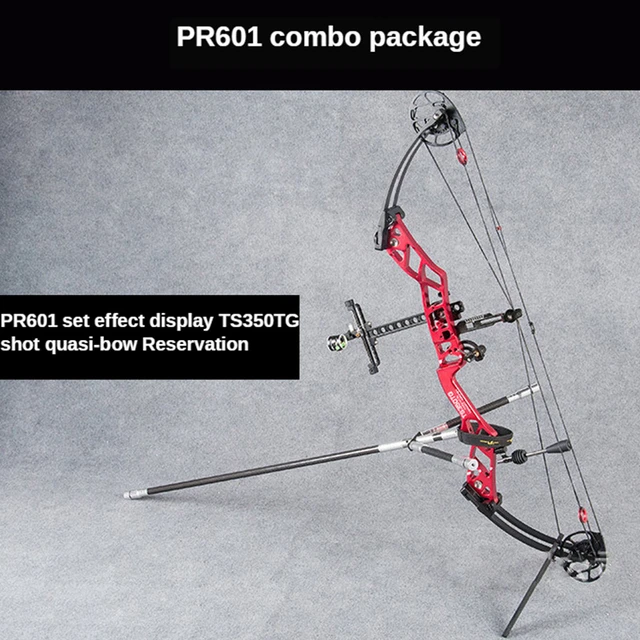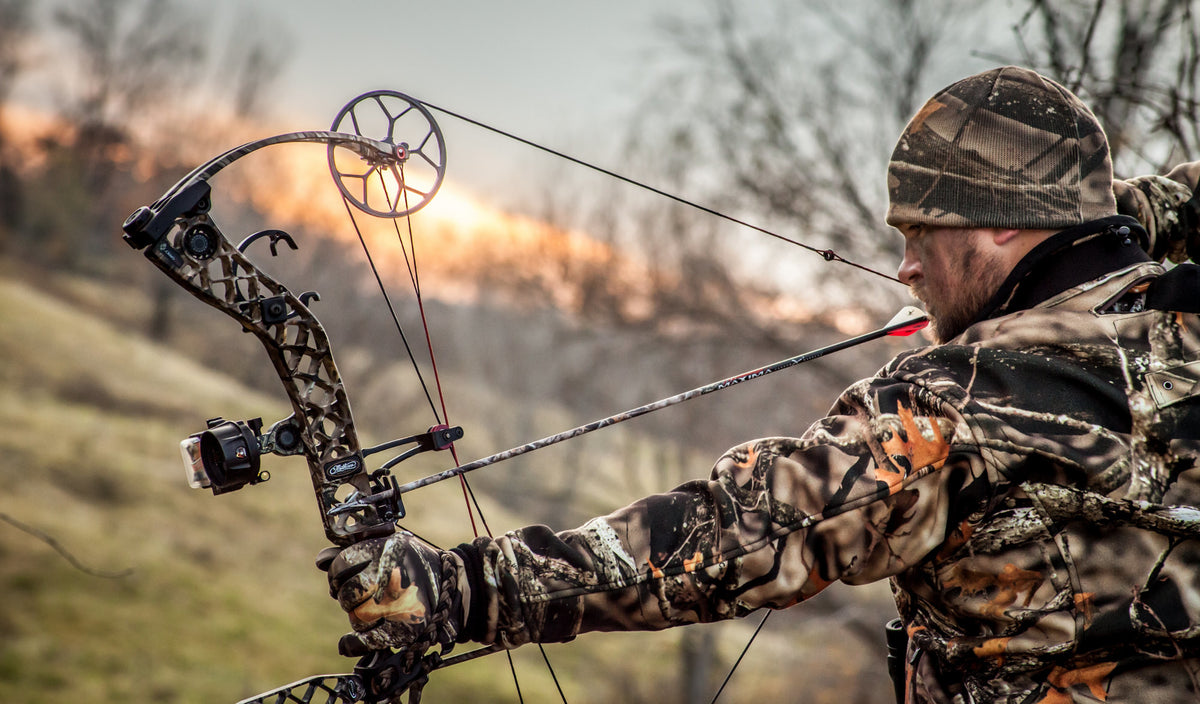Master Your Goal with High-Quality Bow Stabilizers: Shop Now!
Master Your Goal with High-Quality Bow Stabilizers: Shop Now!
Blog Article
Optimize Your Archery Precision With These Bow Stabilizer Techniques
One important component that can significantly influence your performance is the appropriate use of bow stabilizers. Whether you are an experienced archer looking to refine your skills or a beginner excited to improve your precision, understanding these bow stabilizer techniques might be the secret to striking your mark with unmatched uniformity.
Benefits of Utilizing Bow Stabilizers
Using bow stabilizers can considerably enhance an archer's precision and general performance by lessening bow torque and resonance. Bow torque, created by the unequal circulation of weight in the bow, can lead to variances in shot positioning. By connecting a bow stabilizer, the weight is redistributed, minimizing the results of torque and assisting the archer accomplish an extra constant shot. Furthermore, bow stabilizers moisten resonance, which not only improves the convenience of shooting however likewise stops the bow from jumping upon launch, hence aiding in preserving correct purpose.
Moreover, bow stabilizers can aid in holding the bow stable, particularly during gusty problems or when firing from longer ranges. The added weight at the front of the bow supplies stability and equilibrium, permitting the archer to concentrate on intending without the interruption of bow motion. In general, the benefits of making use of bow stabilizers expand past simply accuracy, enhancing the archer's experience and performance in different shooting situations.
Picking the Right Bow Stabilizer
Picking the ideal bow stabilizer is critical for maximizing your archery devices and improving shooting performance. Larger stabilizers can assist decrease bow torque and absorb even more vibration, leading to a steadier objective.

Last but not least, consider the style of the stabilizer. Some stabilizers feature adjustable weights or dampeners that enable you to tailor the equilibrium and feel of your bow. Eventually, picking the right bow stabilizer includes locating an equilibrium between weight, layout, product, and size to enhance your shooting accuracy and general efficiency.
Correct Installment Strategies
To guarantee ideal performance and security in archery, understanding correct installment techniques for your bow stabilizer is vital. The very first step in mounting a bow stabilizer is to recognize the proper placement on your bow. Most stabilizers are attached to the front of the riser, below the grip, to assist counterbalance the weight of accessories such as views and quivers. Ensure that the stabilizer is not interfering with other components or hindering your capturing kind.
Following, safely attach the stabilizer to the bow making use of the proper installing equipment. Some stabilizers come with flexible weights that can be added or gotten rid of to tweak the balance of your bow.

Changing Stabilizer Weight and Size
After ensuring the appropriate setup of your bow stabilizer, the following action entails readjusting the weight and length to optimize its performance in improving archery accuracy. The weight of the stabilizer plays a vital duty in minimizing bow movement during the shot cycle. Adding weight to the stabilizer can assist enhance and moisten resonances stability, causing even more precise and constant shots. On the various other hand, minimizing the weight can raise ability to move, which is valuable for scenarios calling for fast target procurement.
A longer stabilizer can offer greater security by enhancing the range between the bow and the weight at the end of the stabilizer. Conversely, a much shorter stabilizer offers much more ability to move and may be preferred by helpful site archers that value agility and quick activities during capturing.
Advanced Stabilizer Tuning Tips
Accomplishing optimal bow security and accuracy in archery demands a nuanced approach to sophisticated stabilizer adjusting. Advanced stabilizer tuning entails fine-tuning numerous components to boost the bow's equilibrium, minimize resonance, and boost overall precision. One key method is to try out various stabilizer setups, consisting of side-bar and back-bar configurations, to find the suitable equilibrium in between stability and maneuverability for your capturing style. bow stabilizer. Furthermore, readjusting the angle and positioning of the stabilizer can have a significant effect on just how the bow reacts upon release.
An additional critical facet of sophisticated stabilizer tuning is optimizing the damping residential or commercial properties of the stabilizer system. Exploring various products for the stabilizer building, such as carbon fiber or aluminum, can also read review affect the bow's performance by altering its weight circulation and tightness.
Final Thought
In verdict, optimizing archery accuracy can be accomplished through the appropriate option, setup, and change of bow stabilizers. In general, including bow stabilizers into archery more helpful hints method can lead to better performance and boosted precision.
Utilizing bow stabilizers can dramatically enhance an archer's accuracy and total performance by reducing bow torque and resonance. Longer stabilizers provide higher security and equilibrium, especially for long-distance shooting, while much shorter stabilizers offer more adaptability and are less complicated to maneuver in tight areas (bow stabilizer). Carbon fiber stabilizers are resilient and light-weight, while light weight aluminum stabilizers are durable and provide outstanding resonance wetting
A longer stabilizer can give greater stability by enhancing the distance in between the bow and the weight at the end of the stabilizer.An additional critical aspect of advanced stabilizer tuning is enhancing the damping buildings of the stabilizer system.
Report this page